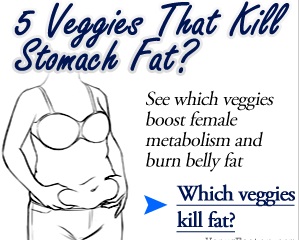This fall, Cornell AgriTech’s Hudson Valley Research Laboratory donated 47,000 pounds of apples and pears to help the more than 40,000 people in need of food assistance in the Hudson Valley region.
Newswise: Latest News
Sleek, accurate and space-saving, this beloved kitchen scale is on sale for 48 percent off.



